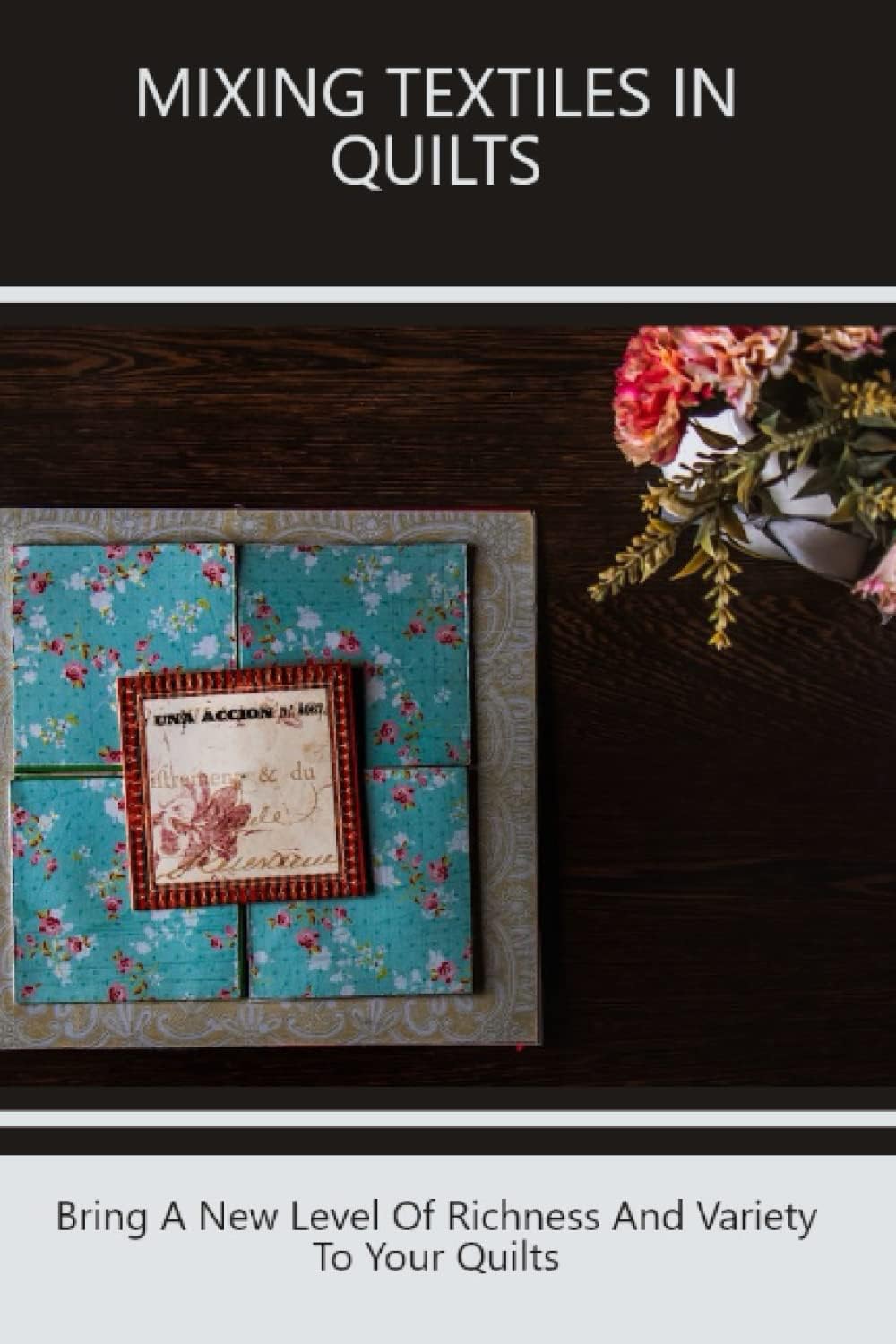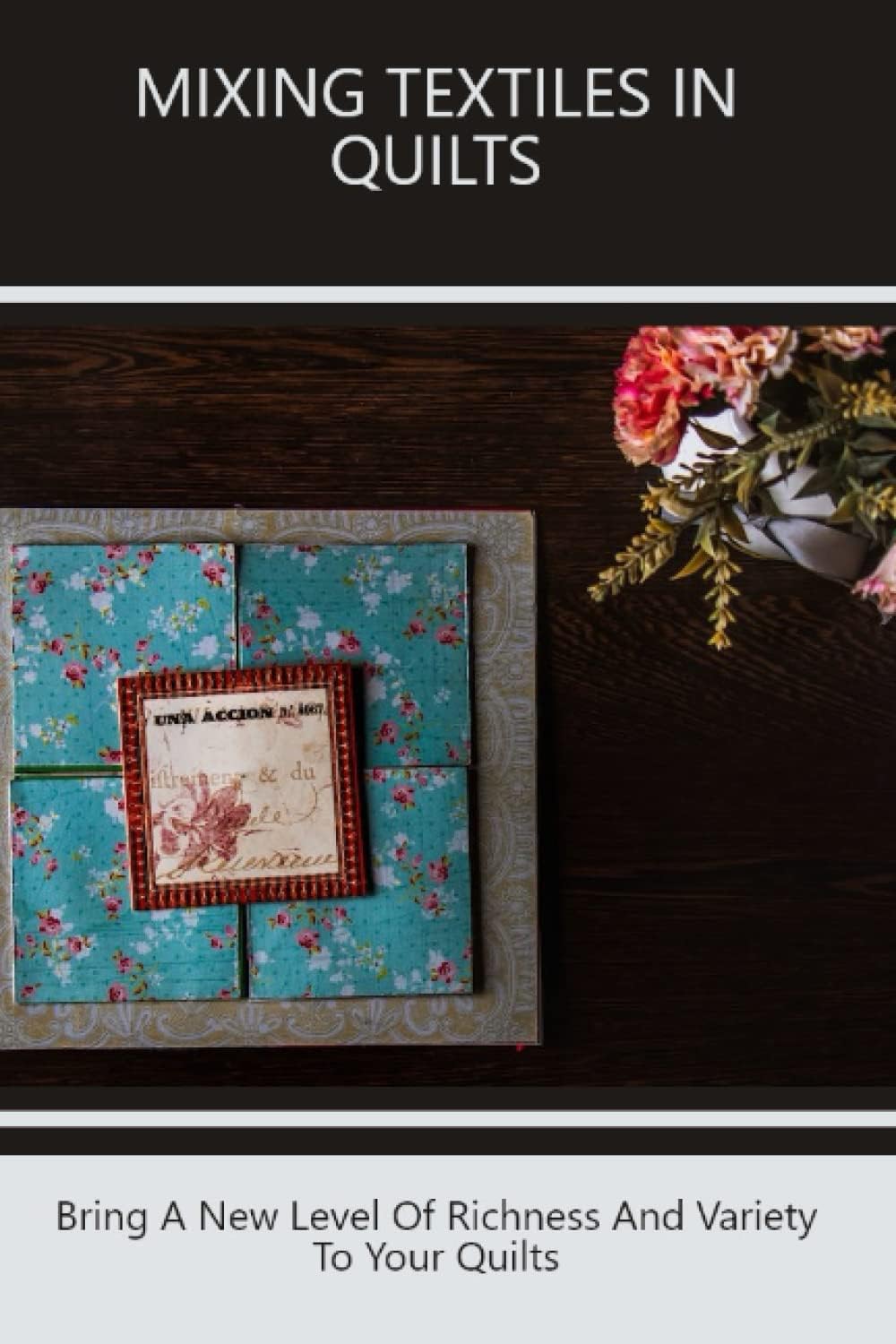Mixing Textiles In Quilts: Bring A New Level Of Richness And Variety To Your Quilts is a statement that highlights the importance of incorporating different fabrics into quilting projects. By combining various textiles, such as cotton, silk, wool, and linen, quilters can add depth and visual interest to their creations. This approach not only enhances the overall aesthetic appeal of the quilts but also introduces a sense of texture and dimension. By using mixing textiles in quilts, quilters can experiment with different patterns, colors, and textures, resulting in unique and personalized pieces. The combination of different fabrics brings a new level of richness and variety to quilts, making them stand out and catch the eye. So, if you want to elevate your quilting game and create visually stunning and engaging pieces, don't hesitate to bring a new level of richness and variety to your quilts by incorporating a mix of textiles.
Mixing Textiles In Quilts: Bring A New Level Of Richness And Variety To Your Quilts
Quilting has been a beloved craft for centuries, with its intricate designs and cozy appeal. While traditional quilts often feature a single type of fabric, mixing textiles can bring a whole new level of richness and variety to your quilts. By combining different fabrics, you can add depth, texture, and visual interest to your quilting projects.
Creating Contrast and Visual Impact
One of the main benefits of mixing textiles in quilts is the ability to create contrast and visual impact. By pairing fabrics with different colors, patterns, and textures, you can make certain elements of your quilt stand out while others recede into the background. This contrast adds depth and dimension to your quilt, making it visually stunning.
Experimenting with different types of fabric can also lead to unexpected and exciting results. Mixing cotton with silk, for example, can create a unique combination of softness and shine. Similarly, combining denim with flannel can produce a cozy and rugged aesthetic. By diversifying your fabric choices, you open yourself up to a world of creative possibilities.
When mixing textiles, it's important to consider the weight and drape of each fabric. Mixing heavy fabrics with lightweight ones can create an interesting contrast, while using fabrics with similar weights can provide a more cohesive look. Don't be afraid to experiment and play around with different fabric combinations to see what works best for your project.
In conclusion, mixing textiles in quilts can bring a new level of richness and variety to your creations. By creating contrast and visual impact, you can make your quilts visually stunning and unique. So, grab your favorite fabrics and start exploring the endless possibilities that come with mixing textiles in your quilts!
Mixing Textiles in Quilts: Adding Richness & Variety


This book is a guide to mixed-material quilting, which brings a new level of richness and diversity to quilts. The author, Lynn Schmitt, teaches readers how to combine quilting fabric with wools, silks, and home decor fabric to create quilts with a tactile appeal. The book provides step-by-step instructions for cutting, piecing, sewing, and pressing fabrics of different textures and sheens. It includes 14 projects such as table runners, quilts, pincushions, and tote bags. Mixed-material quilts are a great way to use up scraps and explore new possibilities.


